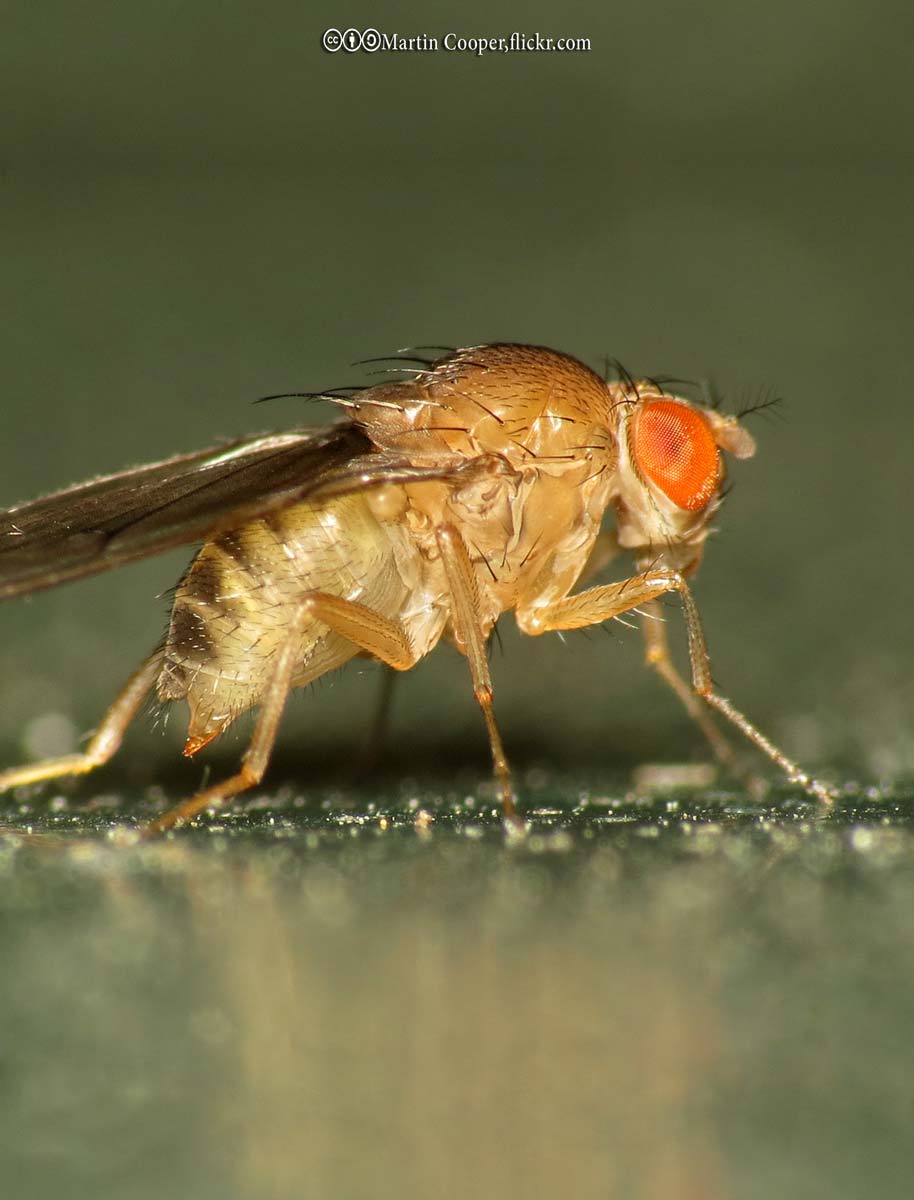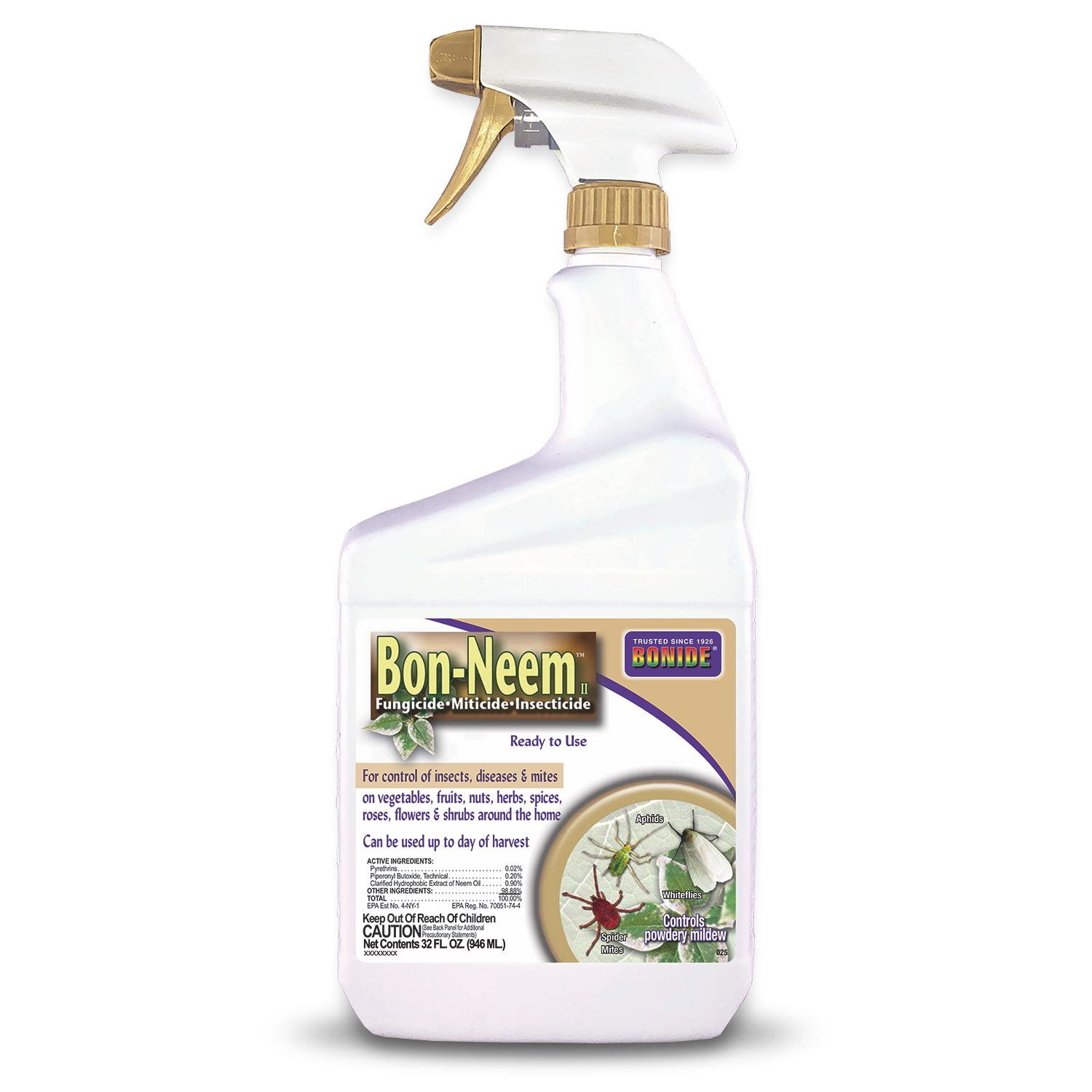
Fruit flies have brick red eyes, are yellow-brown in color, and have transverse black rings across their abdomen. They can be a major agricultural pest, with the potential to destroy up to 100 percent of some crops.
Females lay some four hundred eggs, about five at a time, into rotting fruit or other suitable material, such as decaying mushrooms and sap fluxes
These hard-to-control orchard pests include the apple maggot, blueberry maggot, cherry fruit fly, walnut husk fly, and numerous quarantined exotic species (the Mediterranean fruit fly, for example). The native flies are a little smaller than houseflies; they’re black with white stripes and have banded and spotted wings, The maggots, which feed inside fruits and nuts, are small, whitish, and legless.
Target: Many fruit and nut trees.
Damage: Fruits and nuts are decayed and wormy; they may rot on the tree or drop prematurely.
Life cycle: Adult flies lay eggs under the skin of fruits or nuts; the maggots burrow inside after hatching. Once fully grown, they eat their way out, drop to the ground (or crawl out of fallen fruit), and pupate in the soil. Native species have one generation a year.
Notes: For information on key control times, consult your Cooperative Extension office. Yellow sticky traps attract the majority of species. Apple maggot flies and some cherry fruit flies are also drawn to red spheres; green spheres attract walnut husk flies. New evidence indicates that copper compounds can reduce egg-laying.












